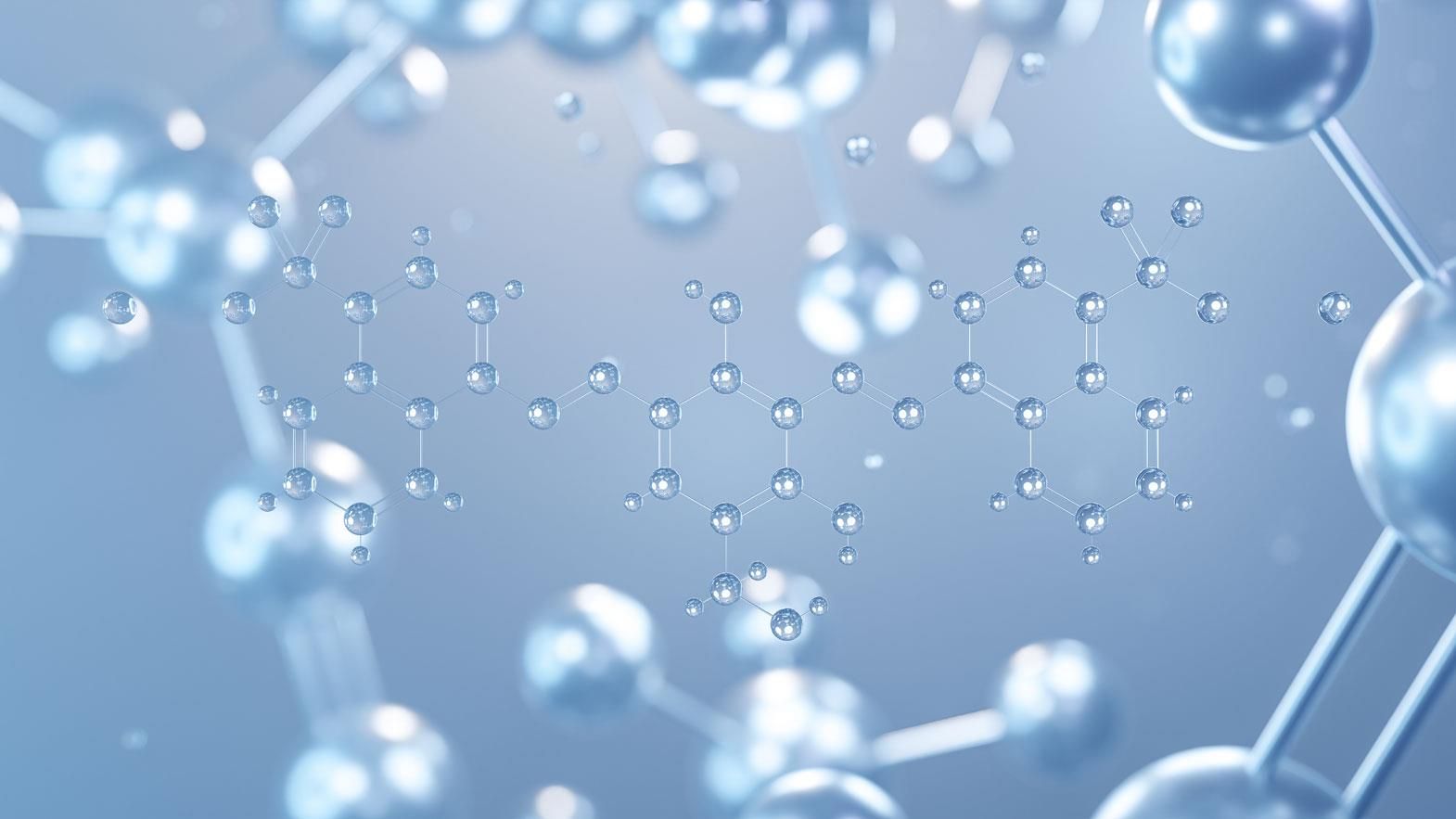Color has an important role to play in textile, food, printing, pharmaceutical, and cosmetic industries. Azo dye is extensively used as a coloring agent in most of the industrial processes. However, it has become a matter of debate regarding the toxic and carcinogenic components it contains. It has also posed a challenge for the textile industries for its removal from industrial wastewater.
The azo dyes are synthetic dyes formed by an azo group, which consists of two nitrogen atoms linked with each other. In the primeval times, "azotes" in French meant nitrogen, and that is how the word 'azo' originated. Azo dyes are also known as azoic or nepthol dyes. The azo dyes are chiefly of red, brown, and yellow colors. The chemicals from which these dyes are manufactured are called fragrant amines.
These dyes are not directly applied to the fabrics but are constructed within the fibers. To achieve this, the fibers are soaked in one element of the dye, and then another component of the dye is infused in the fiber. In this way, the azo dye is produced. As the dye is inbuilt in the fiber, the color is very fast, and hence, this dye is widely used for coloring fabrics in the textile industry.
Dyes used in the food and textile industry consist of 60-70% of azo dyes. They are synthetic colors, and most of them contain only one azo group. However, there are some azo dyes that contain more than one azo group. Contrary to belief, azo dyes are not made from coal or tar. The specialty of this dye is that it can provide almost all colors.
The aromatic compounds in the azo dyes are the reason that they produce strong and a variety of colors. Manufacturing azo dyes is pretty easy and cheap, as the components of the dyes are cheap and easily available. In addition, while producing it, different levels can be set and adjusted easily according to the requirement. Furthermore, the energy required for the process is also less, as the composition of the chemical structure happens at or below room temperature.
This is the reason azo dyes are used in almost all kind of food. One drawback of this dye is that it does not dissolve in oil or fat. Oil can be colored, only when azo dyes are joined with fat soluble molecule, or they are dissolved as very fine elements. Moreover, some azo dyes have been restricted for food usage due to their toxic side effects.
The use of azo dyes in food products has been a matter of concern. Firstly it has been noticed that the body goes through a reaction when it absorbs certain azo dyes. This reaction produces certain cancer causing amines. The dye itself is not harmful. However, when it breaks down, the amine that is produced is dangerous. Therefore, stringent rules have been implemented to ban the dyes which have cancer causing amines.
Currently, one cannot say with surety whether the azo dyes used in cosmetics and products that are alike also have harmful elements when it is broken down. It has also not been determined whether the levels of these materials are large enough to pose health hazards. Moreover, majority of the azo dye stuffs are considerably safe to use. It is also seen that highly industrialized countries have increased number of intestinal cancer cases. There are chances that they have some connection with azo dyes.
The second reason for concern is the recent finding wherein banned azo coloring is used in food products like chilli powder and ready to eat meals. This azo coloring agent is known as 'Sudan 1' and is used as red colorant. Sudan dyes are used mainly for oil, waxes, petrol or floor polish. Some corrupt food suppliers use cheap industrial dye to produce red color and add in spices and other food products. In such cases, the dyes have been used illegally which has polluted the food products.
Fortunately, it has been noticed that the probability of having cancer by people who have eaten such food products is very low. The level of toxins in azo dye is rather low. For example food products are usually colored with dyes. The level of dyes is in ratio of one milligram of dye to per kilogram of food. Hence for an adult to reach a fatal dose, one needs to consume 100kg of azo colored food in one day.
Normally azo dyes do not cause any allergic reactions. But there are certain azo dyes that are used in textile which can cause allergy to skin. However, such dyes are not used as food dyes. Furthermore, azo dyes are in very small quantity to pose any direct health issues to the human immune system. However, some azo dyes like tartrazine have indicated to trigger the symptoms of asthma in people who have this disease.
Moreover, the usage of azo dyes in food colors has claimed to cause hyperactivity in some children. Many studies have been conducted on this topic but no proper indicator has been obtained to prove the fact. Till now it has not been proven that azo dyes or synthetic colors can cause hyperactivity in children. At the same time there have been no proofs to say that there are no effects. However, this matter cannot be ignored as it is a sensitive issue regarding the health of children.
Lastly, it has been detected that many degraded products of this dye are carcinogenic and therefore, some dyes have been permanently banned, while some have been restricted from being used in the food processing units due to their side effects. The dye itself does not cause any danger to health, but degradation of its elements creates health risks.
References:
1. Dyes-pigments.standardcon.com
2. Food-info.net
3. Csrchem2005.bootsglobal.com








Comments